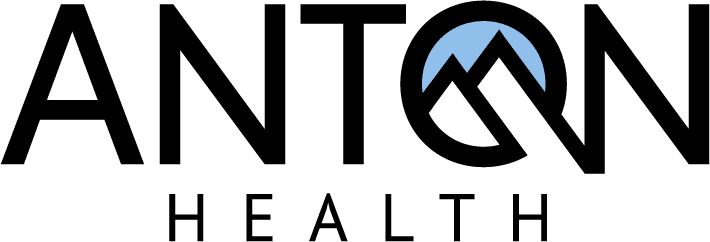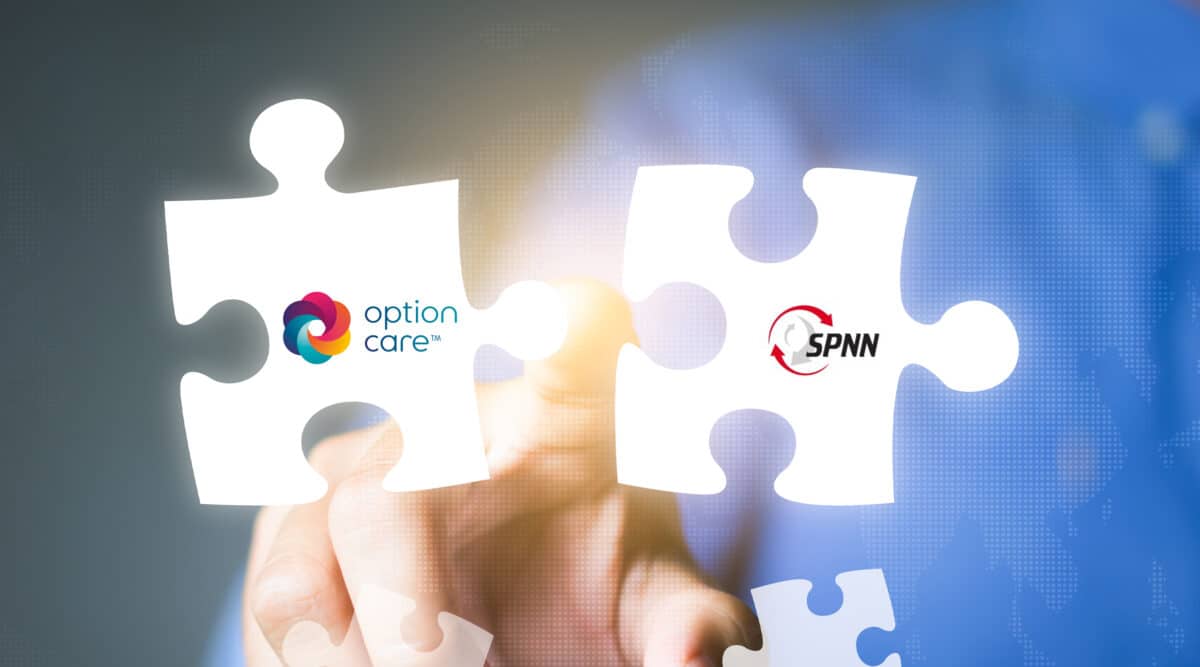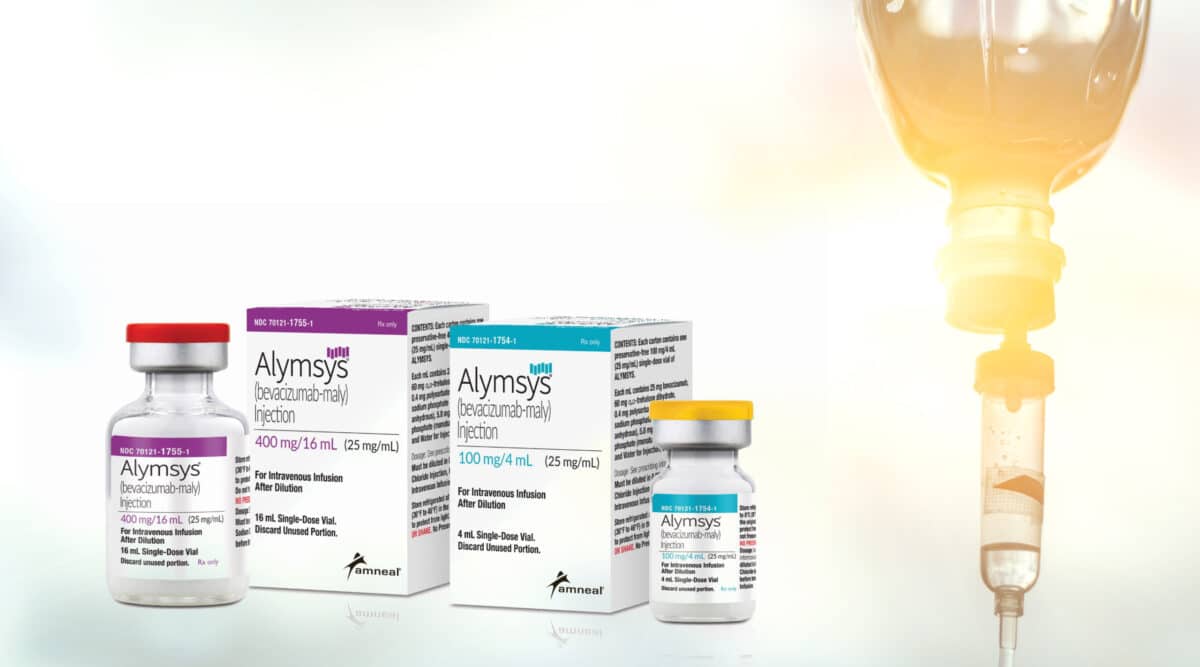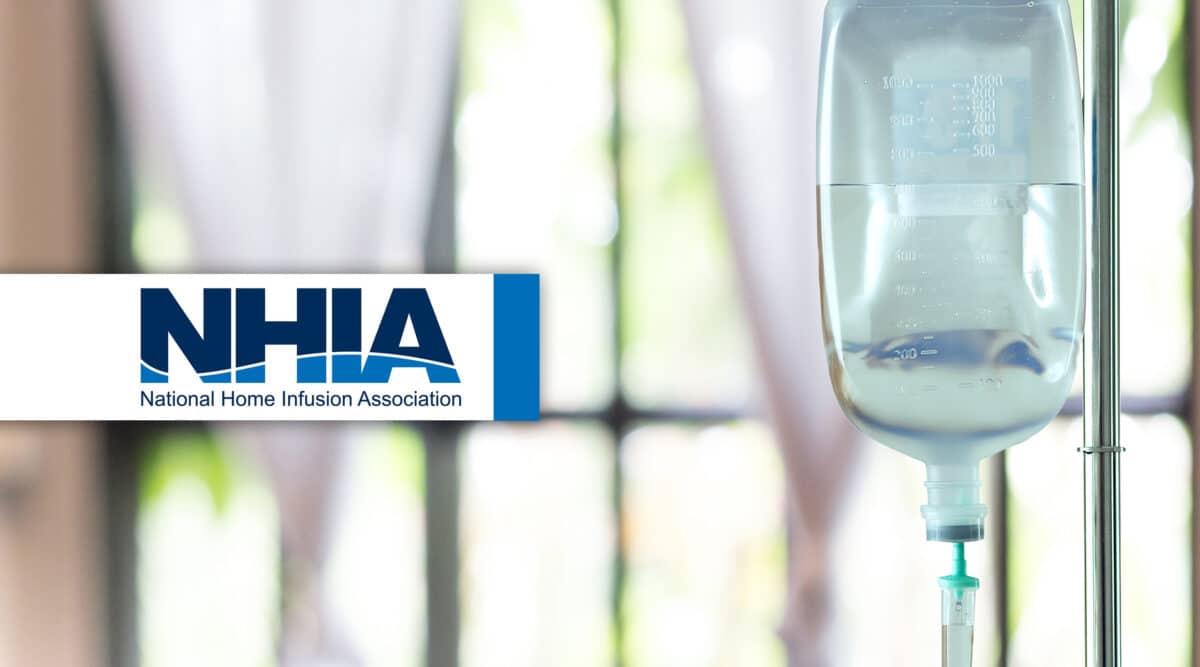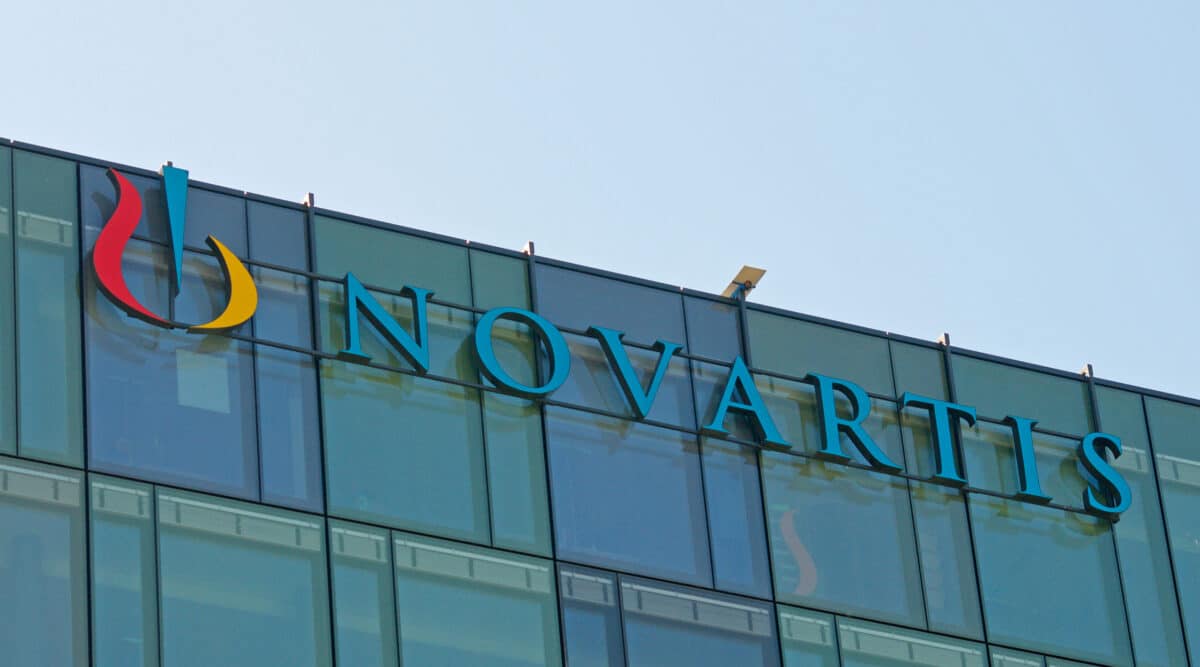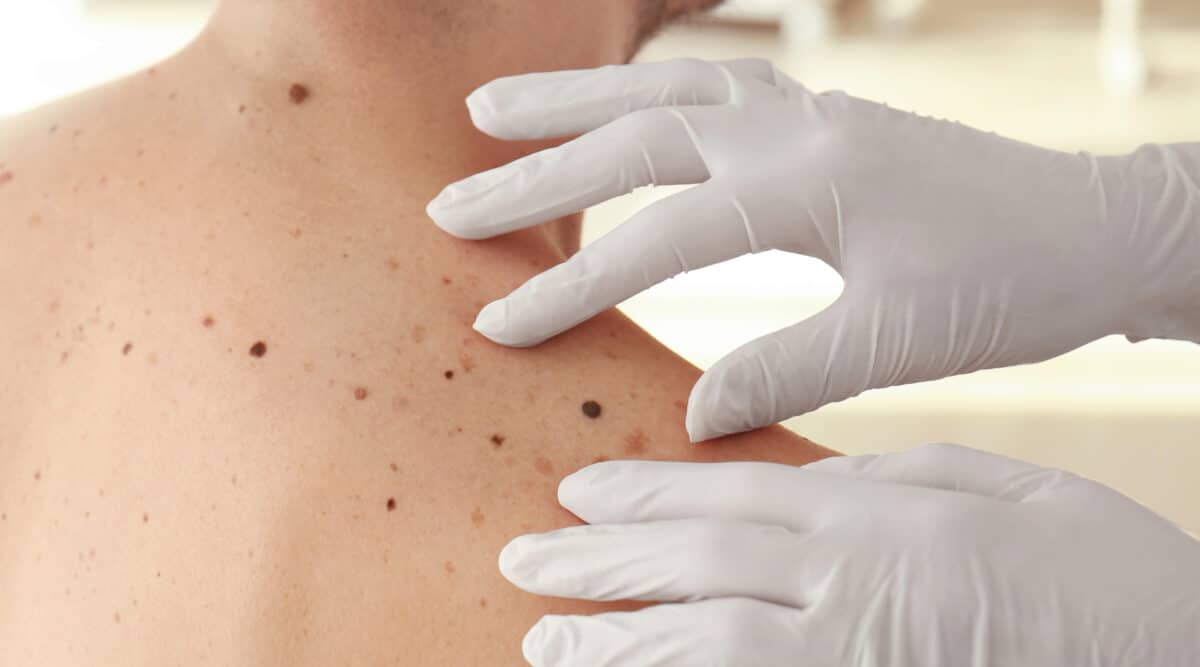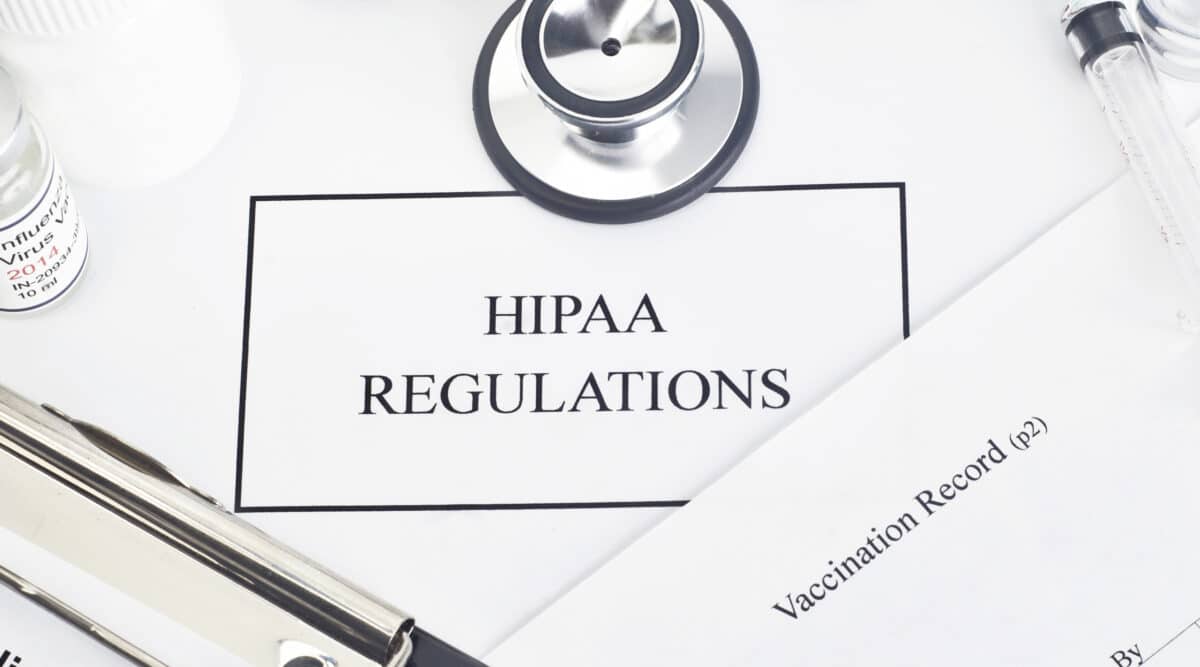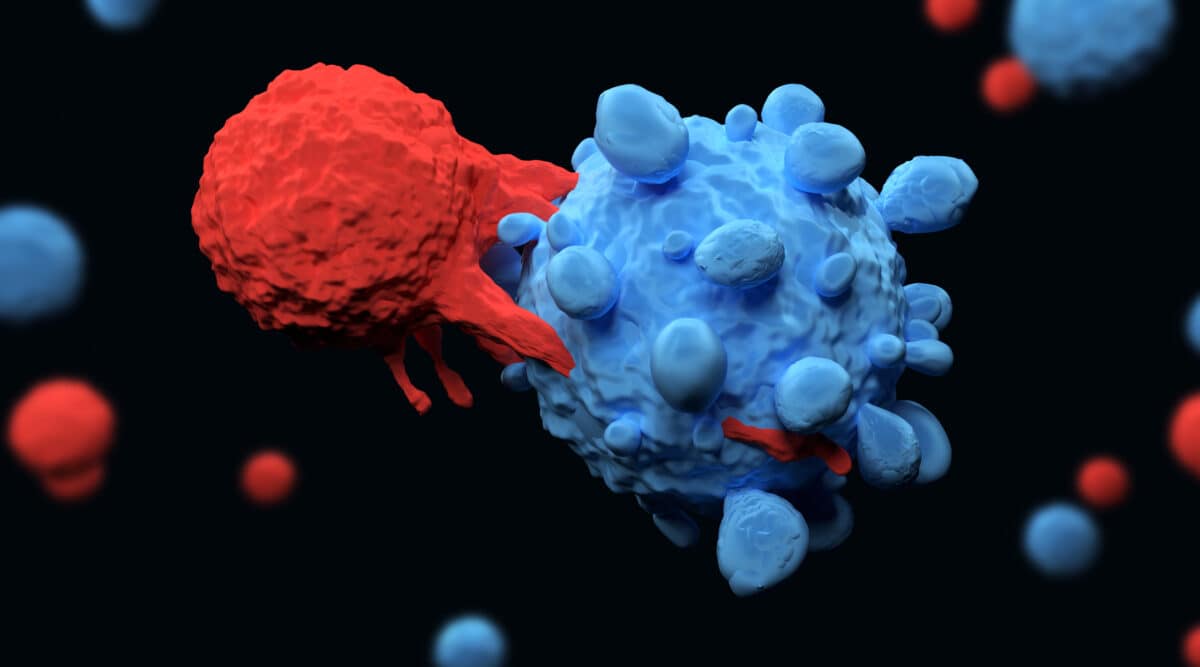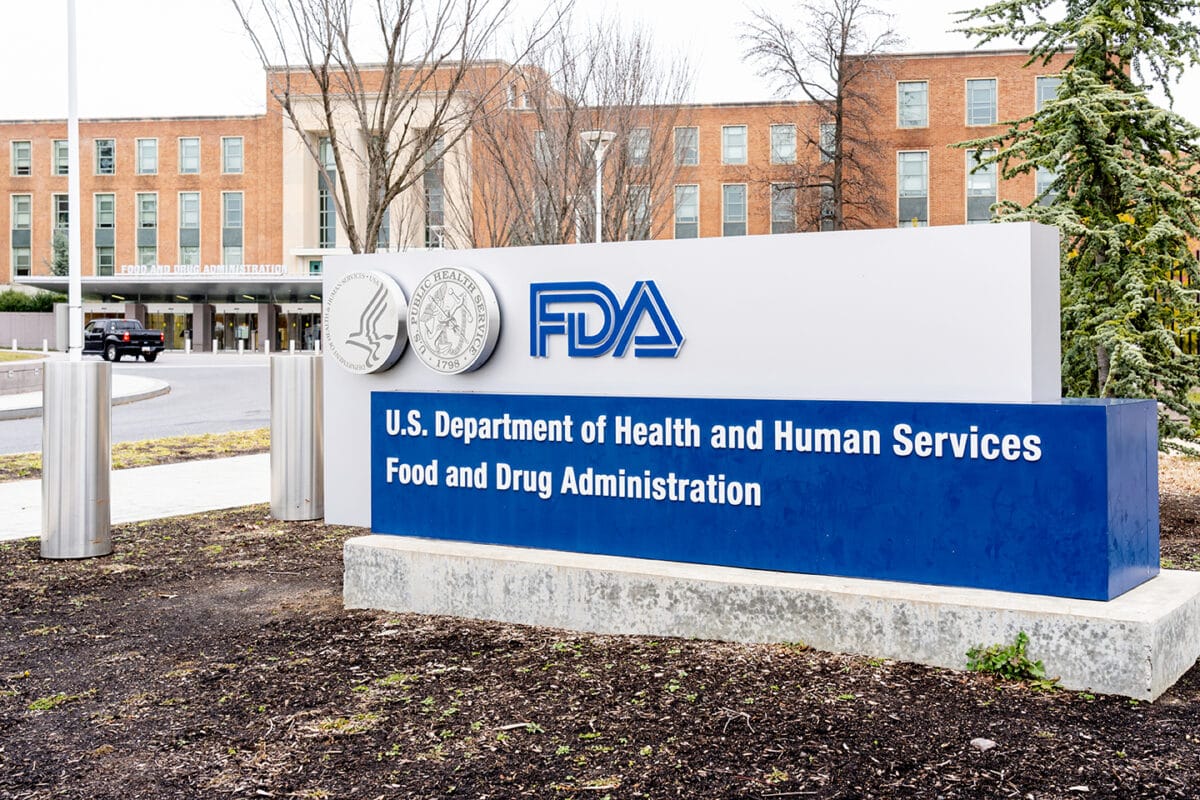Option Care Health announced that it has acquired the Specialty Pharmacy Nursing Network (SPNN) for $60 million in an all-cash transaction. SPNN will maintain its current operations and continue serving an array of infusion providers, specialty pharmacies and biopharmaceutical manufacturers as a separate enterprise within Option Care Health. This marks the most recent chapter in the 13-year climb from start-up by industry veteran Cheryl Ann Gregory.
Specialty Pharmacy Nursing Network, Inc. (SPNN) is a national network of CRNI, OCN, IgCN, PICC and IV certified specialty nurses who administer specialty pharmacy therapies to patients in the home, physician offices and ambulatory infusion centers (AICs).
Demand has risen significantly for these expert clinicians given the recent proliferation of therapies for rare, chronic, and orphan disorders. SPNN’s professional staff also provides specialty pharmacy therapy education / clinical instruction, clinical call support, and patient outcome reporting.
The last item, patient outcome reporting, has become one of the more valuable services….. especially to pharmaceutical manufacturers. With the growth of value based / outcomes contracting, clinically reliable data has become a critical commodity.
Examples of key data tracking include:
Data Management and Integration
• Aggregated de-identified data reporting compliant with HIPAA regulations
• Assessment and surveys developed based on Best Practice Standards
Administrative Control
• Centralized administration, database management, scheduling
• Fast and reliable response time
Nursing Resources
• Coordination of nursing in/between the home, physician office or AIC
• Customized nursing assessments
Reporting
• Documented patient care services provided following therapy-specific metrics
• Market access, therapy starts/stops, etc.
• Tailored reporting to support manufacturer programs as well as REMS reporting
SPNN has also worked diligently to grow its national geographic footprint to service both urban and rural patient requirements….. an area of great concern for both manufacturers and health plans.
Given demand and related cost of therapy, it is no surprise that Option Care has moved to expand its toolbox through this acquisition.
Option Care Health Completes Acquisition of Specialty Pharmacy Nursing Network Inc.
BANNOCKBURN, Ill., April 12, 2022 (GLOBE NEWSWIRE) — Option Care Health, Inc. (“Option Care Health”), the largest independent provider of home and alternate site infusion services in the United States, announced today that it has completed the acquisition of Specialty Pharmacy Nursing Network Inc. (“SPNN”). SPNN is a national leader in providing highly skilled specialty nursing resources across a broad portfolio of healthcare providers with over 400 nurses across the country.
The acquisition builds upon the market-leading nursing platform Option Care Health established with its acquisition of Infinity Infusion Nursing LLC (“Infinity”) to expand access to clinical resources across the United States. Leveraging Option Care Health’s national infrastructure, the acquisitions of Infinity and SPNN establish a more comprehensive clinical platform focused on delivering extraordinary care. The consummation of the SPNN acquisition expands Option Care Health’s nursing team to more than 2,900 nurses nationwide.
“I am thrilled to welcome the entire SPNN team to the Option Care Health family. SPNN’s track record of growth and clinical expertise is unsurpassed and highly complementary to our relentless focus on reimagining the infusion care experience. The acquisition is a critical strategic investment to further enable our future growth”, commented John Rademacher, Chief Executive Officer of Option Care Health.
Option Care Health acquired SPNN on April 11, 2022, for $60 million in an all-cash transaction. SPNN will maintain its current operations and continue to serve a broad array of infusion providers, specialty pharmacies and biopharmaceutical manufacturers as a separate enterprise within Option Care Health.
